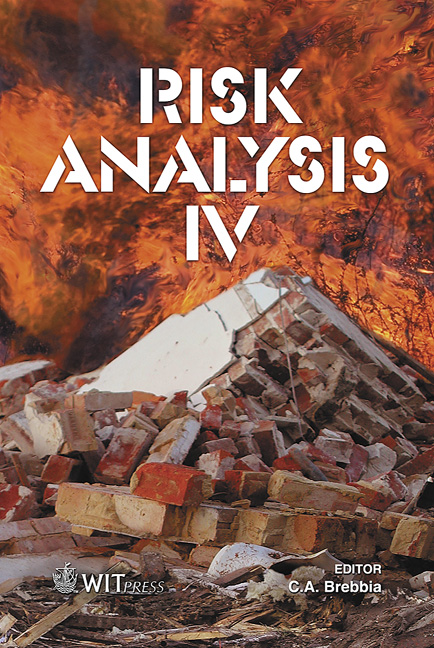Earthquake-triggered Landslide Hazards In The Catania Area
Price
Free (open access)
Transaction
Volume
77
Pages
16
Published
2004
Size
6,458 kb
Paper DOI
10.2495/RISK040111
Copyright
WIT Press
Author(s)
G. Biondi, A. Condorelli, M. Maugeri & G. Mussumeci
Abstract
Earthquake-triggered landslides represent one of the most important effects of large earthquakes. Then, the evaluation of seismic stability conditions of slopes, embankments and other earth-structures involved in road and railway networks represents an important topic interest in the assessment of regional seismic hazards. In this paper a GIS-based model for prediction of earthquake-triggered landslide hazards for the Catania district (Sicily) is presented. Geological, topographical and geotechnical data were selected and stored in a database; then, using a reliable ground motion scenario, the stability condition of slopes was evaluated in terms of earthquake-induced permanent displacements. The resulting GIS model allowed us to map the potentially instable areas, the spatial distribution of displacements and the damage induced on the main road and railway networks of the area. Keywords: landslides seismic hazard, displacement analysis, GIS, Catania project. 1 Introduction The experience of last decades has shown that seismic induced landslides represent one of the most damaging collateral hazards associated with large earthquakes. Frequently, damages induced from earthquake-triggered landslides exceed damages directly related to the ground shaking. Post-earthquake reports have given evidence of the severe social and economical consequences of earthquake-triggered landslides consisting of loss of human life and damages to structures and infrastructures. Moreover, serious consequences are frequently related to the landslides effects on lifelines serviceability and to the damages
Keywords
landslides seismic hazard, displacement analysis, GIS, Catania project.





